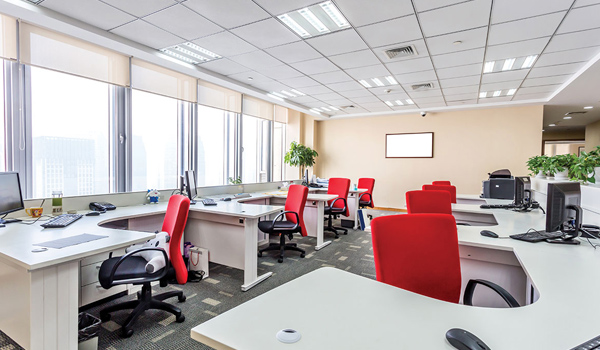Modern Workplace
The modern workplace goes beyond the traditional office setup, incorporating digital tools and practices that accommodate remote work, hybrid models, and dynamic workspaces. The modern workplace continues to evolve, driven by technological advancements and changing employee expectations.


